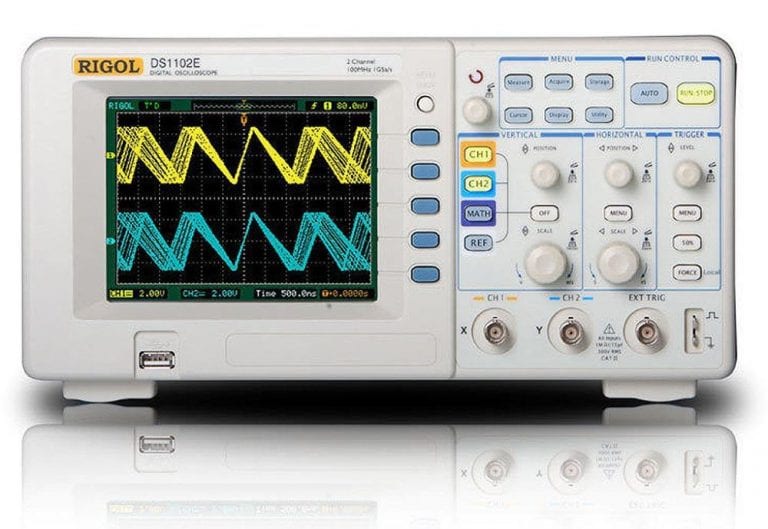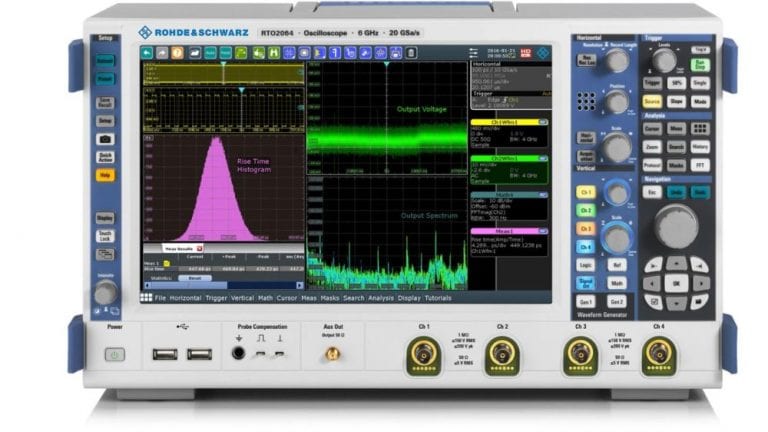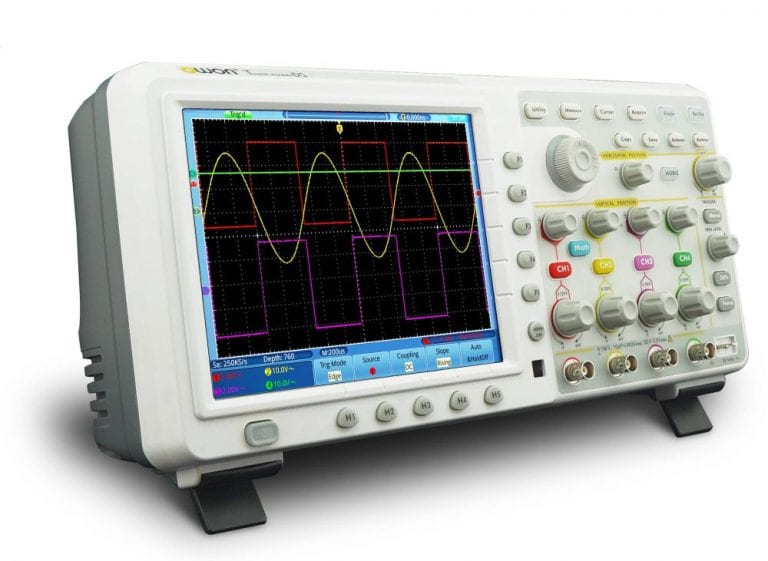An oscilloscope is an electronic test instrument which is used to study, analyse and display the electronic signals in a waveform. This machine is used to observe the change in the electronic system in a graphical form which is made continuously against the calibrated scale. Many properties like frequency, time interval, amplitude, distortion, etc. can be observed using an oscilloscope. It is not only used by scientists and researchers but also used in medical, engineering, telecommunication industry and automotive. This machine is used in the form of the electrocardiogram in the medical field to measure a patient’s heartbeat. All in all, a very significant machine to observe even the minute change in the waveform.
To use this intricate machine you have to have basic know-how about it. Because even a single error can result in the huge misleading observation of the graph. To avoid that Reviewertouch will share some tips on how to operate an oscilloscope.

image source: tequipment.net
1. How to Start:
- First turn on the CRO (Cathode Ray Oscilloscope). Wait for the tube to warm up then switch on the intensity control.
- Adjust the focus control to get the desired thin line on the screen then attach one probe to CH1 input and another to CAL output.
- For CH1 adjust the amplitude control and time base control to achieve a full cycle of square wave.
- Adjust the trimmer to avoid overshoot or undershoot.
- Then remove the probe while getting the square waveform. Now you are ready to use your Oscilloscope.
2. Accurate Calibration:
After you have successfully turned on your oscilloscope, you have to make sure the calibration you are getting is accurate. To ensure that carefully turn the knobs of Time variable control and Gain variable control clockwise.

image source: rohde-schwarz.com
3. Beam:
Locating the beam is paramount while using an oscilloscope. For locating a beam without any error, you must adjust it by turning the knobs for intensity, input, time, trigger, and channel level. The intensity in an oscilloscope is basically the amount of electrons hitting the phosphorescent screen. But before all this Reviewertouch advises you to check if CRO is properly triggered. And for that make trigger level control to Auto position. Channel level trigger enables the channel beam to move horizontally on the screen.
4. Measurement:
To get the precise measurement, you have to focus on the most important components of an oscilloscope, and those are Voltage and Time. Fine tune the channel amplifier knob to ensure the best results for getting the accurate signal.

image source: bhphotovideo.com
5. DC Signal and AC Signal:
For the measurement of the DC signal, switch the position to ground (GND). The GND position will disconnect the input signal and ground it. Identify the black lines on the screen and change the switch to DC for DC signal calculation.
Whereas for the AC signal you must fix the ground reference to the middle of the screen where you have to measure the sine signal. Sine signal is symmetrical and repetitive and will fill the screen once you have adjusted the channel amplifier.
These tips are very important regarding the accurate usage of an oscilloscope. But for that, you also need a good instrument which must be compatible with you and your pocket. Reviewertouch has compiled a list of Best Digital Oscilloscope for you. There are many with considerate advantages and disadvantages, but we have listed some of the machines with the least possible cons and much handier.
Here are some of them:
- LIUMY Professional Handheld LED Scopemeter Oscilloscope Multimeter
- Hantek HT6022BE20Mhz 6022be PC Based USB Digital Storage Oscilloscope
- Rigol DS1054Z Digital Oscilloscopes – Bandwidth: 50 MHz, Channels: 4
- Hantek DSO5072P Digital Oscilloscope
